I know this one tip I got from Injury Specialist Rick Kaselj, MS is going to help your shoulder feel better in just minutes. It is called vertical hanging. If it sounds self-explanatory it’s because it is.
Here’s how to do it: Lift your arms straight overhead and take note of how your shoulders feel. Next hang on something like you’re a kid hanging from the monkey bars.
For example: If you are in the gym, go over to the pull up bar, grab the handles, and let yourself hang from them. If you are not able to bring your arms very high, bring them to a point as high as you can and then hang with partial weight.
It might feel a little weird and be a little uncomfortable but hang for 15 seconds with all of your body weight off the ground or partial weight off the ground.. Now step away from the bar and lift your arms overhead. Do you have more movement? Do your shoulders feel a little loser?
For most people it will be Yes-Yes.
Here’s why: Over time gravity pulls on our arm. With our arms weighing about 10 lbs, the slow pulling starts to reshape the shoulder into a painful joint by shortening the ligaments in the shoulder. With the vertical hanging, we are stretching the ligaments in the shoulder in order to reshape the shoulder back into a pain-free shoulder.
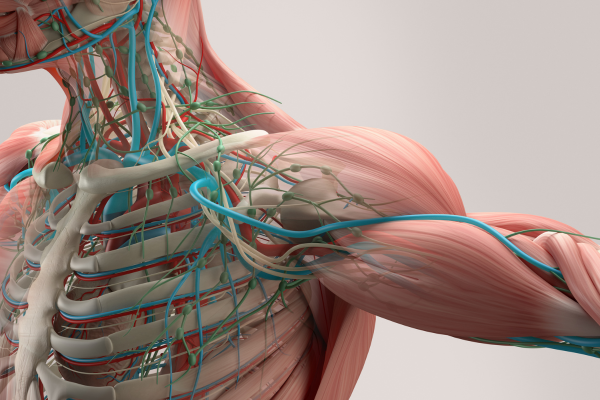
Isn’t this tip from Rick’s Fix My Shoulder Pain utilizing the SR3 Method cool? I do this before my workouts while I am priming up my body for my workout. Give it a try this weekend!
What Is The SR3 Method TM?
The SR3-Method is short for “Shoulder Reshaping 3-Part Method”. It was invented by Injury Specialist and Kinesiologist Rick Kaselj, MS who has over 16-years of hands on experience, and a masters degree in exercise science.
The “Traditional Shoulder Pain Model” involves endless cycles of appointments, investigations, stretching and strengthening.
Important: Neither Strengthening nor Stretching Will Help You Until The Shoulder Joint Has Been Reshaped Into a Pain Free Joint.
After having hundreds of Rick’s clients follow this model with minimal success, he needed to find a new model that breaks the traditional shoulder pain model and moves clients from painful shoulders to pain-free shoulders.
This led to the creation of the SR3 Method which is based on one key concept: Reshaping your shoulder from a painful shoulder joint to a pain-free shoulder joint.
I know it sounds amazing but let me show you how you can do this for yourself and have your painful shoulder move into a pain free shoulder.
Part 1: Alignment:
The first part of the SR3 method involves using the concept of alignment. In order to begin reshaping your shoulder you need to make sure your shoulder joint is in ideal centration – the best possible position. The SR3 method will show you how to do this.
Part 2: Tissue Quality:
The second part of the SR3 method is improving tissue quality. With ongoing pain and injuries the tissues change over time. This leads to the shoulder reshaping into a painful shoulder joint. This could cause dysfunction, less movement, poor circulation, less malleable muscles, stiffness around the shoulder joint and tight ligaments.
This all ends up affecting the positioning of the shoulder blade, leading to the shoulder blade changing its tilt. This biting tilt leads to the most common shoulder injury – a rotator cuff injury. The SR3 method will show you how to reposition this tilt and experience a pain free shoulder.
Part 3: Activation & Endurance:
Activation is turning on the right muscle in the shoulder to decrease the stress on the rotator cuff, provide stability to the shoulder joint and allow you to layer on strength to your shoulders.
Finally, and something that is often overlooked, is the concept of endurance when it comes to a shoulder pain relieving program. The reality is your shoulder muscles to be able to work for a long period of time in order to prevent the shoulder joint into reshaping into a painful shoulder joint again. By focusing on endurance you can ensure the shoulder joint muscles will hold the shoulder joint in a pain-free position after shoulder reshaping has occurred.

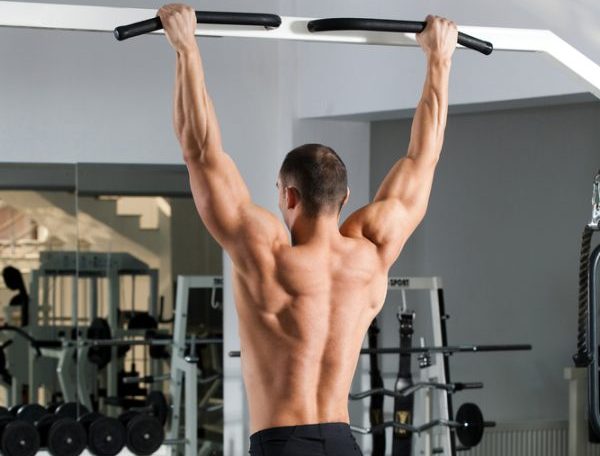
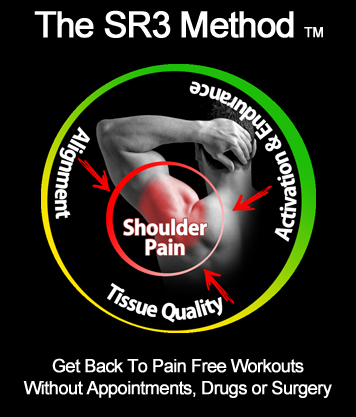
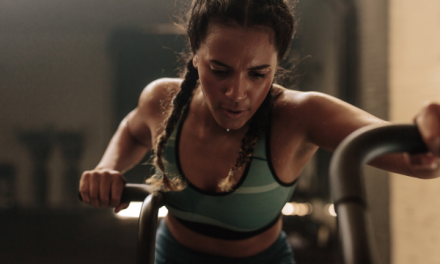

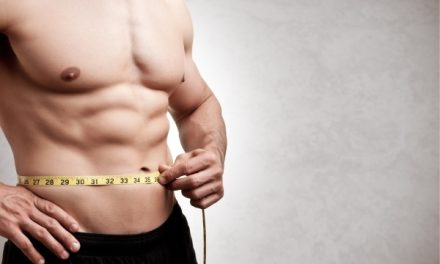

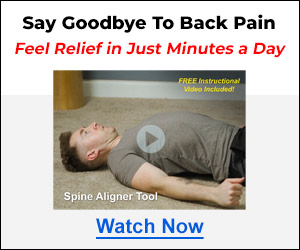







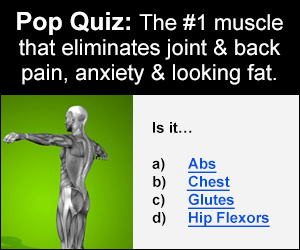

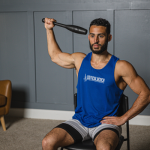


















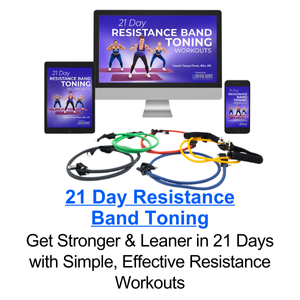















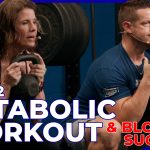

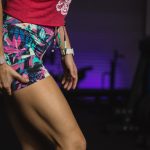






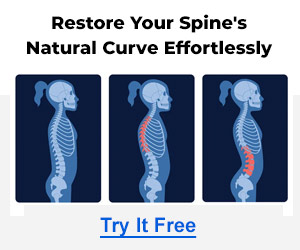




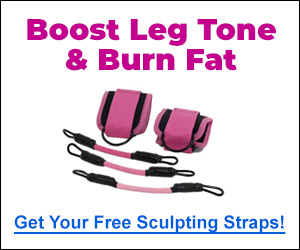
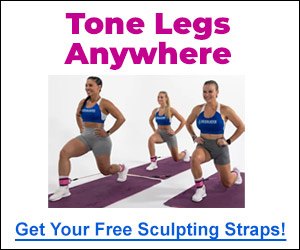
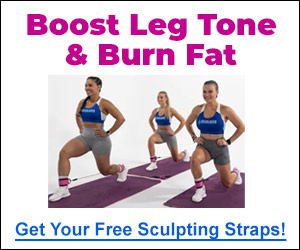
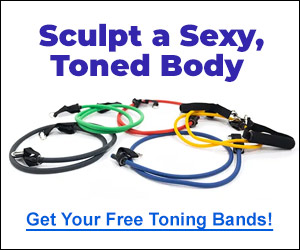
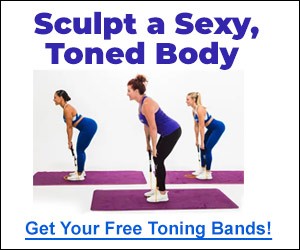
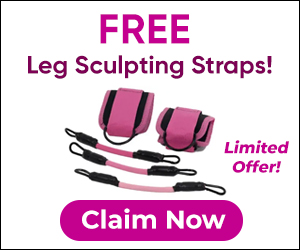
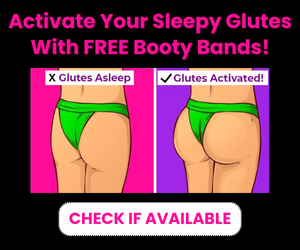
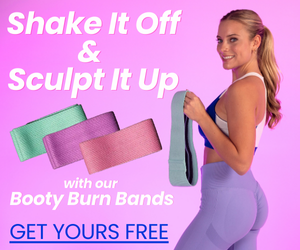


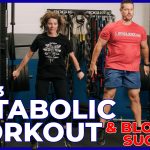
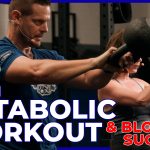
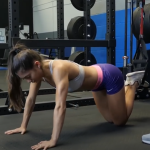
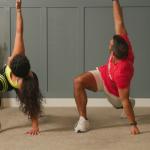



I don’t have any shoulder pain right now but I would love to avoid shoulder pain. I’ll give this hanging shoulder stretch a try.
This works! I have suffered from impingement and rotator inflammation. I had done the standard rehab exercises for over a year, with little improvement. Once I added hanging from a chin-up bar, things got better immediately. I do it 3-4 times, for 20 seconds at a time, each time I hit the gym. I originally had to keep my feet on the floor to reduce the amount of weight applied, but now hang freely after the 2nd time each workout.
Give it a try!